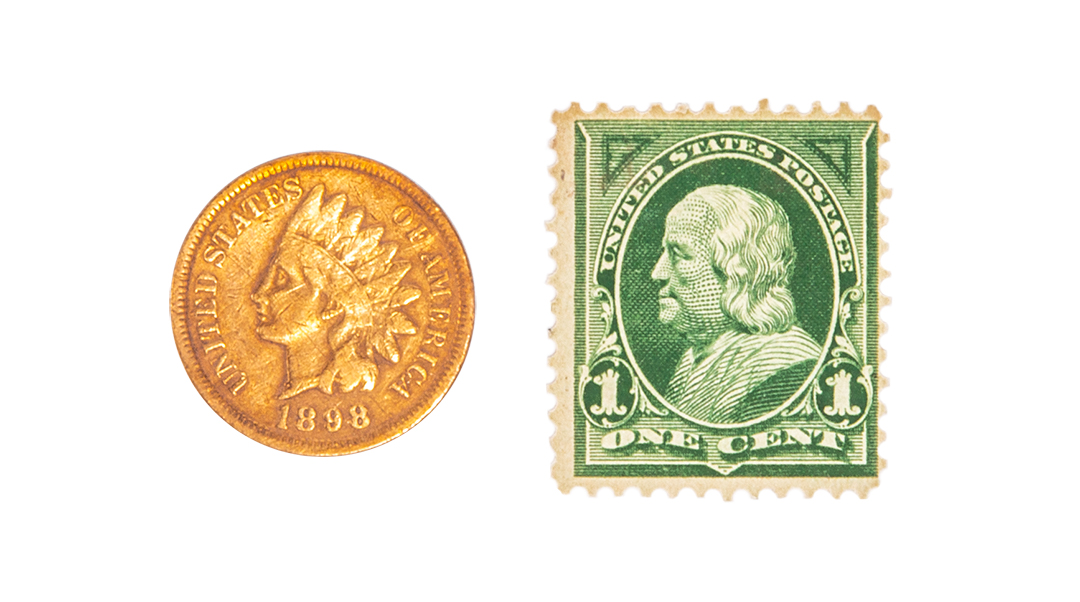
Part One Introduction
To talk about postcards is to talk about communication. From our perspective today, there are few barriers to person-to-person communication. Most of us never give it a second thought that we can instantly communicate to anyone almost anywhere in the world. Combine this with the ease of taking and sharing photos and you have two things not easily come by, if not impossible for most in the late 1800s. The postal service like today was well established by 1898 where our story begins. At that time there were telephones, yet few persons had them in their homes. That would change dramatically in just another decade. So the Postal Service was the primary means of communicating over long distances for most persons. By this time it was easy to mail a letter directly to someone’s home. Soon it would be much easier to mail internationally. Within the U.S. it just required a 2 cent stamp, letter, and envelope. In prior decades postage was printed on the envelope and cost was calculated by destination.
According to the Bureau of Labor Statistics Consumer Price Index, today’s prices in 2021 are 3,037 percent higher than average prices in 1898. So 1 cent in 1898 has the equivalent purchasing power of about 31 cents in 2021. An even better way to understand the difference in the value of the penny is to browse the Sears and Roebuck catalog for 1898.
Clearly, 1 cent was valuable in 1898! So it was an important event when Congress passed an act that approved a special rate for postcards, of 1 cent. Up to this point, postcards cost the same rate as letters, 2 cents. This decrease had a dramatic effect on the postcard industry. Soon the manufacture and popularity of postcards skyrocketed around the world. Between 1900 to 1915, which is considered to be the golden age of postcards, hundreds of millions are sent each year in the United States and millions more worldwide. The popularity was so widespread that many newspaper articles and satirical writers bemoaned the popularity of collecting and sending postcards.

Although postcards were available in 1898 they were novelty items. One of the most popular was a postcard featuring an illustration of the Eiffel Tower that could be mailed from the tower itself, the tallest in the world at the time. Later postcards were produced celebrating the World’s Columbia Exposition in Chicago. These were the first postcards with images on them produced and sold in the U.S.




Meanwhile, photography had been flourishing during this period and it was on a collision course with the postcard. Until this time postcards only featured illustrations, not photographs. This would change when the owners of the Detroit Photographic Company recognized an opportunity to combine photography and their patented Photochrom process to create postcards with color photos. As we will see in Part two, they quickly conquered the market and helped make the postcard industry what it has been for over a century.









